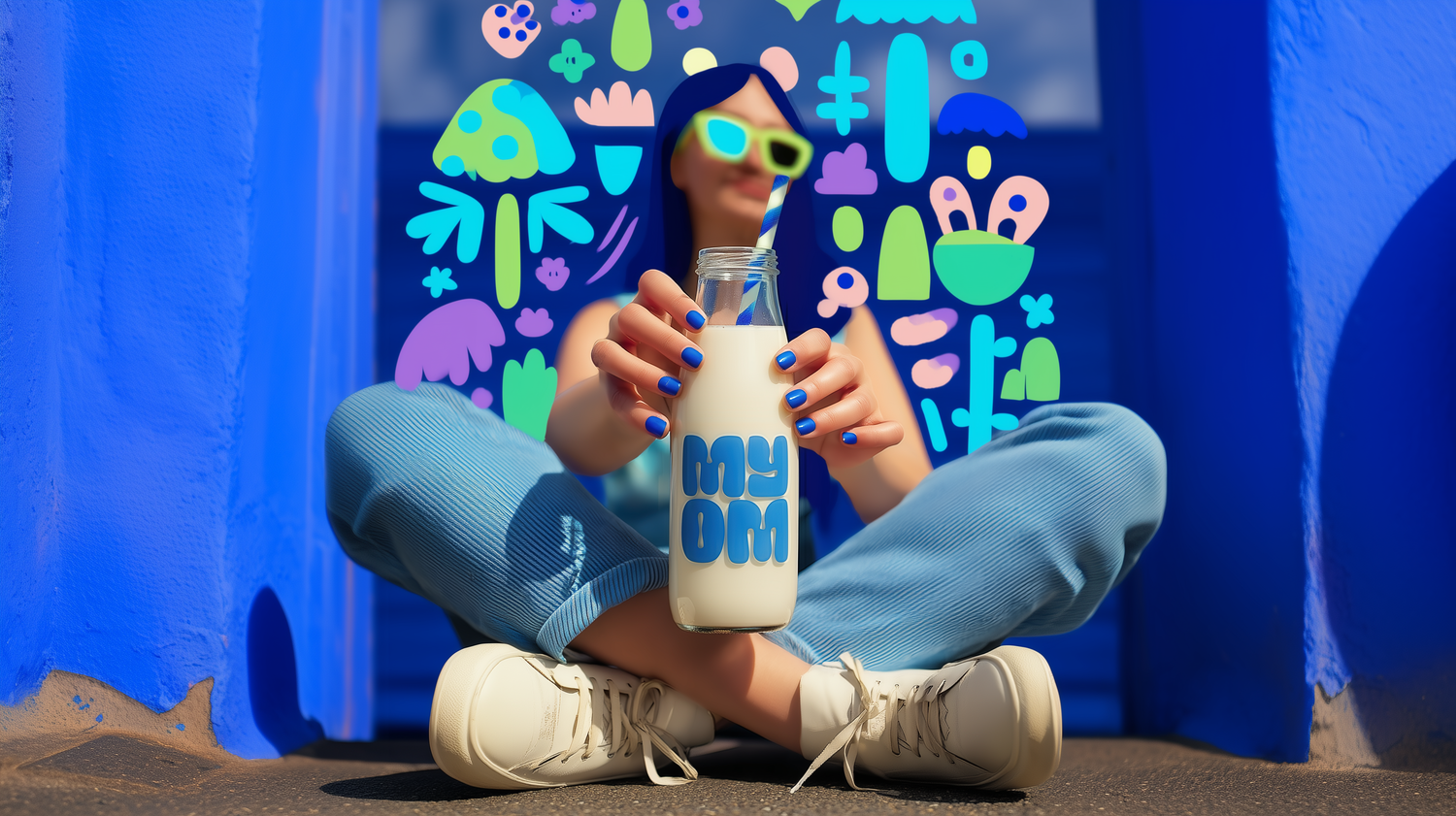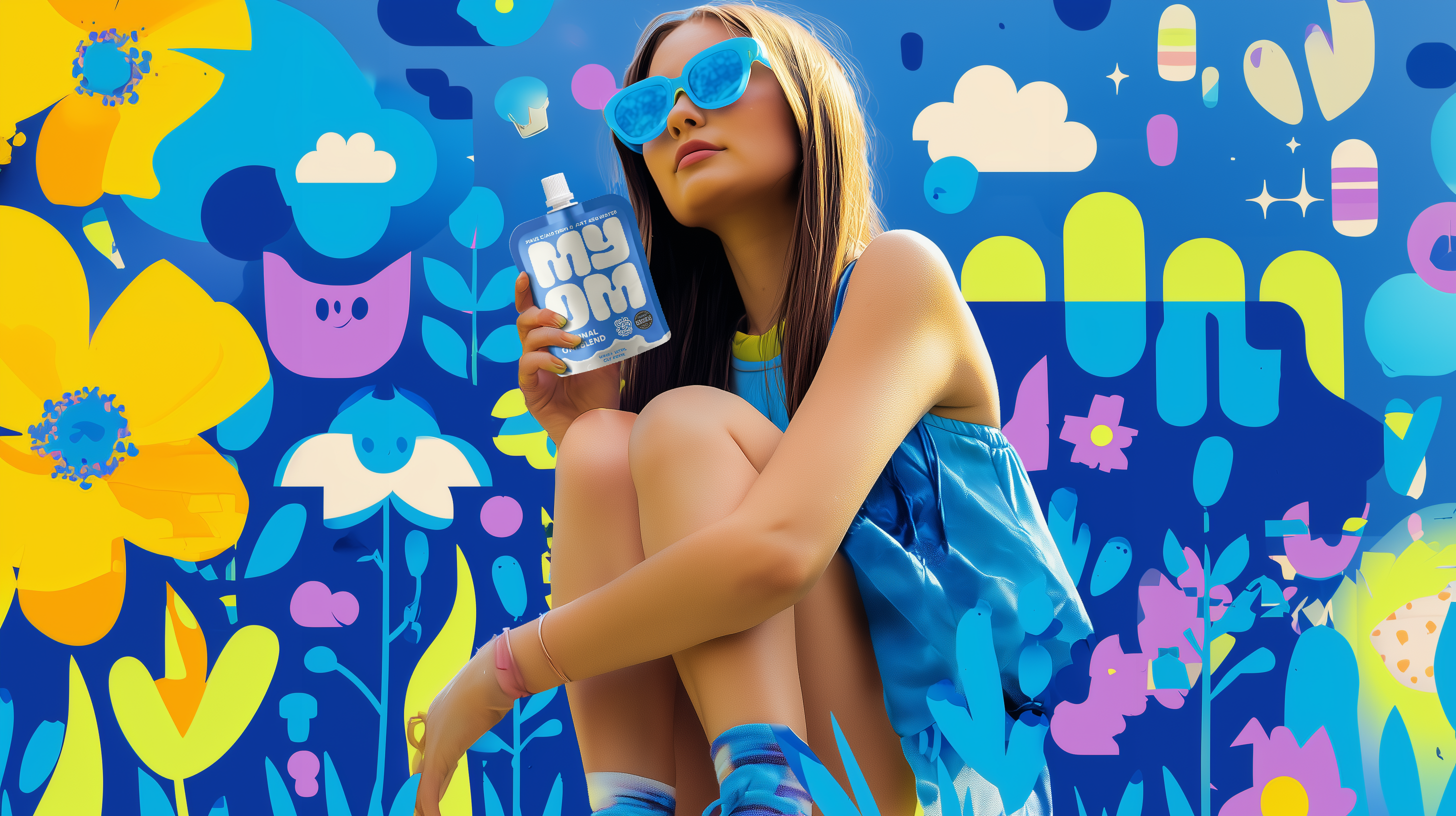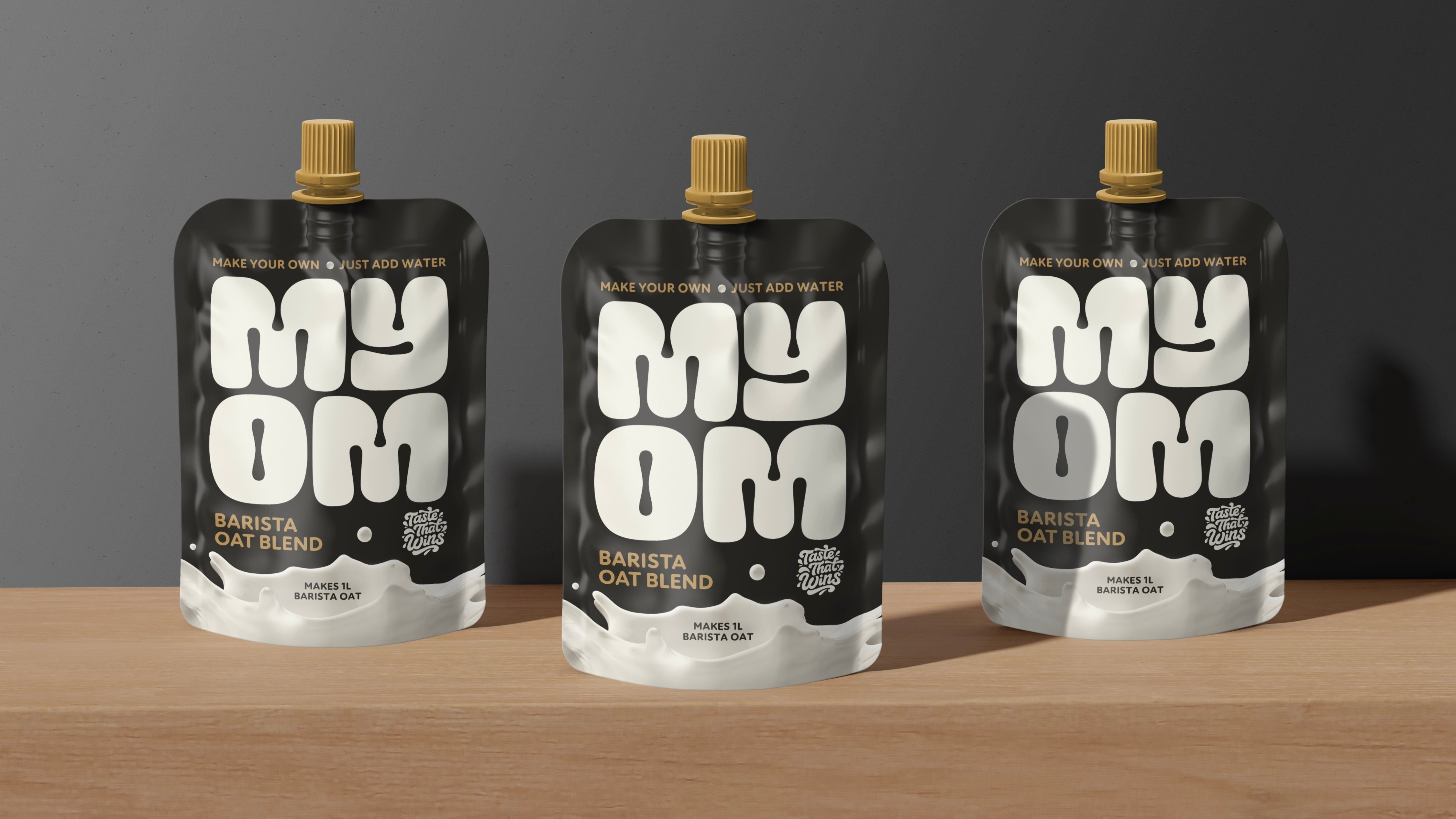Understanding the Debate: Ai and Sustainability Don’t Always Align
Following on from our post Oat Milk Meets Ai: How Ai Is Helping MYOM Do More With Less this piece explores the debate around whether AI can ever be truly sustainable.
Artificial Intelligence promises efficiency and innovation, but for many conscious consumers, it also raises difficult questions. How can something powered by huge data centres possibly be sustainable? And what place does it have in a world where plants, nature and care are our priority?
At MYOM, we understand these concerns deeply, because we share them. Our mission has always been about reducing waste and doing better with less. That means looking honestly at new tools, questioning their impact, and only using what genuinely helps us shrink our footprint.
Across the UK, consumer behaviour is shifting fast. Research from Capgemini shows that 71% of consumers want Ai integrated into their shopping experiences, and over half (58%) already use platforms like ChatGPT to compare, research and shop. Among 25 to 44 year olds, MYOM’s core audience, this change is even more pronounced. Our shoppers are using Ai assistants to ask questions like “What’s the best vegan milk in the UK?” or “Which oat milk has the lowest carbon footprint?” This means Ai isn’t just a tool; it’s now part of the customer journey and path to purchase. For MYOM, being discoverable and credible in those conversations matters to our future.
This post is an open conversation, explaining what we’re doing differently, and how a thoughtful use of tech can support a more sustainable future.
The Environmental Concerns Behind Ai
Ai runs on electricity, servers, and vast amounts of data. For many, that’s where the tension begins.
High Energy Use: Training a large Ai model can consume more energy than several households use in a year. Even simple text queries or image generation requires data centres run continuously.
Resource and Hardware Footprint: Like mobile handsets, Ai needs rare minerals and intensive manufacturing. Every chip, server, and cooling system carries an environmental cost. Add to that the water used for cooling, and it’s easy to see why ethical consumers worry that Ai could shift pollution from visible to hidden places.
Why Some People See AI as “Unnatural”
For many people, especially those who value plant-based living, vegan ethics and natural products, sustainability isn’t only about carbon. It’s about authenticity and connection to nature. Ai feels synthetic, detached, and corporate. The opposite of soil, sunlight and plants.
Yet many of the same people who feel uneasy about Ai are often the ones already using it to make more sustainable choices. Capgemini found that consumers aged 25–44 are the most likely to use generative Ai for conscious shopping, from comparing carbon footprints to exploring plant-based alternatives.
At MYOM, we believe the answer lies in how we use tech, not simply whether we use it at all. Just as our team used science to create MYOM oat milk premix to remove water from distribution and reduce wasteful and energy intensive packaging, we now use small-scale Ai tools with a lighter footprint.
Transparency: The Missing Ingredient in Many Ai Claims
One reason consumers mistrust Ai is that companies rarely show the numbers. They say it’s “efficient” or “green,” but don’t explain how or by how much. The result? It sounds like marketing.
The research shows that while most consumers want Ai embedded in their shopping journey, satisfaction fell to 37% in 2024, from 41% in 2023. People want Ai that’s transparent and trustworthy, not automated and anonymous.
At MYOM, we approach tech the same way we approach ingredients; with transparency. For example, a traditional 10-second ad shoot can consume anything from 500 to 3,000 kWh of energy, depending on travel and equipment. A similar Ai film can offer a measurable reduction and consume just 20 to 200 kWh. Not perfect, but some progress.
Energy Isn’t the Only Issue: Social Sustainability Matters Too
Sustainability also includes people, another area where Ai raises concerns. Consumers worry about automation replacing jobs or undervaluing creative skills. We share that concern, Ai just helps us refine and test ideas quickly. Many sustainability-focused consumers distrust Ai because it’s largely owned by big tech, not small, transparent innovators. We don’t train models. We don’t run servers. We simply use AI where it makes sense using open, shared, low-energy tools.
The Bigger Picture: Tech in Service of the Planet
We believe sustainability and technology will be intertwined. The challenge isn’t to reject new tools, it’s to use them responsibly, with transparency and purpose. Ai can help us design better packaging, forecast demand to reduce waste, and personalise customer experiences that reward sustainable behaviour. Used mindfully, Ai can become part of the way forward and not at odds with it.
And as Ai platforms like ChatGPT increasingly guide how we discover new brands, sustainability-focused companies must ensure they’re visible for the right reasons, with verified claims, transparent data, and real impact to back them up.
In Summary: Progress With Purpose
Ai is far from impact-free. But used carefully, it can help small, mission-driven brands like MYOM build their sustainability story with more reach and less waste. For us, it’s about balance. Just as we rethought milk to remove unnecessary water, we’re constantly thinking about ways to do better with less and remove unnecessary impact. Because sustainability isn’t about saying “no” to innovation. It’s about saying “yes” to progress done right, for all of us and the world we call home.
Read Oat Milk Meets Ai: How Ai Is Helping MYOM Do More With Less




